african mask plant
Toadglory_IND
18 years ago
Featured Answer
Sort by:Oldest
Comments (31)
colorado_av_guy
18 years agogreenelbows1
18 years agoRelated Professionals
Chattanooga Landscape Architects & Landscape Designers · Americus Landscape Contractors · Berkley Landscape Contractors · Brooklyn Park Landscape Contractors · Cornelius Landscape Contractors · East Haven Landscape Contractors · Fort Myers Landscape Contractors · Kettering Landscape Contractors · North Potomac Landscape Contractors · Paramount Landscape Contractors · South Farmingdale Landscape Contractors · West Palm Beach Landscape Contractors · Centerville Interior Designers & Decorators · Lomita Interior Designers & Decorators · Rosaryville Interior Designers & Decoratorsseaecho1
18 years agoCena
18 years agophilo_phreak
18 years agoToadglory_IND
18 years agoGrowHappy
18 years agomwedzi
18 years agobirdsnblooms
18 years agoedoris
18 years agobirdsnblooms
18 years agoedoris
18 years agojbvupp_yahoo_com
16 years agobirdsnblooms
16 years agorajc
16 years agobihai
16 years agorajc
16 years agovalenteeny
15 years agoamccour
15 years agoterrie_terriehoward_com
13 years agojamiedolan
13 years agobirdsnblooms
13 years agogreenman28 NorCal 7b/8a
13 years agomarquest
13 years agogreenman28 NorCal 7b/8a
13 years agoAm3er G
3 years agoHU-880387457
3 years agolast modified: 3 years agotsugajunkie z5 SE WI ♱
3 years agotapla (mid-Michigan, USDA z5b-6a)
3 years agoSheila Trabish
2 years ago
Related Stories

DECORATING GUIDESCulture an African Look With Artifacts
A ceremonial headdress, a carved wood stool for a king ... African artifacts bring culture and significance to the home
Full Story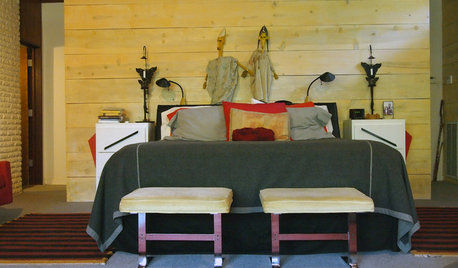
HOUZZ TOURSMy Houzz: African Art and Midcentury Style in a Louisiana Home
Global mementos and classic modern furnishings come together in a couple’s one-of-a-kind home and artist’s studio-residence
Full Story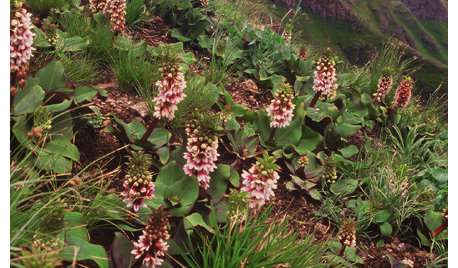
GARDENING GUIDES3 Exotic Flowers From the South African Wild
Add an enticing note to a garden border or patio container with these sophisticated and memorable African plants
Full Story
HOUSEPLANTSAim High With This Tall African Houseplant
Corn dracaena can give you a big splash of green with little fuss
Full Story
CONTEMPORARY HOMESHouzz Tour: Curves and Angles Among South African Sand Dunes
Nature's forces, gifts and Bob Marley influenced this unusual home on a temperate coast
Full Story
MY HOUZZMy Houzz: Japanese Minimalism Blends With Classic New Orleans Style
African art and indoor plants complement the clean and modern aesthetic of two landscape architects
Full Story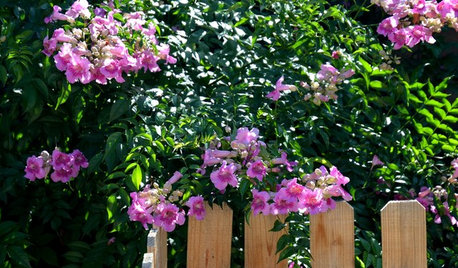
PINK FLOWERSGreat Design Plant: Pink Trumpet Vine Heralds Vibrant Color
Announce your landscape beautification efforts with this flowering vine that perks up hot, dry gardens
Full Story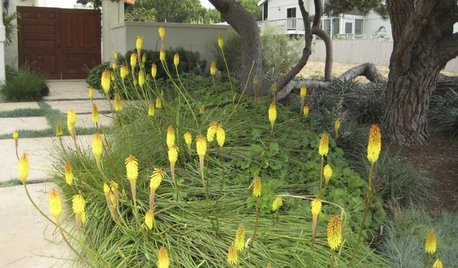
GARDENING GUIDESGreat Design Plant: Red-Hot Poker
You'll carry a torch for these spiky plants once you discover how their fiery-hued flowers can light up a landscape
Full Story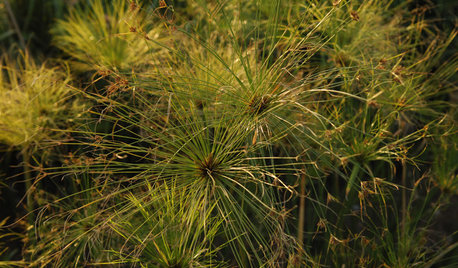
GARDENING GUIDESGreat Design Plant: Papyrus
Out of Africa and into your garden, gently swaying papyrus adds an exotic touch to water features and riverbeds
Full Story0
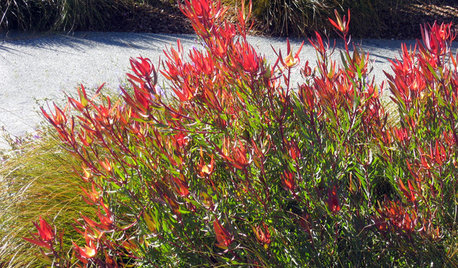
FOLIAGEGreat Design Plant: Conebush
Sporting vivid shades of foliage, this drought-tolerant shrub fills a garden background or a vase with equal aplomb
Full StoryMore Discussions








exoticrainforest